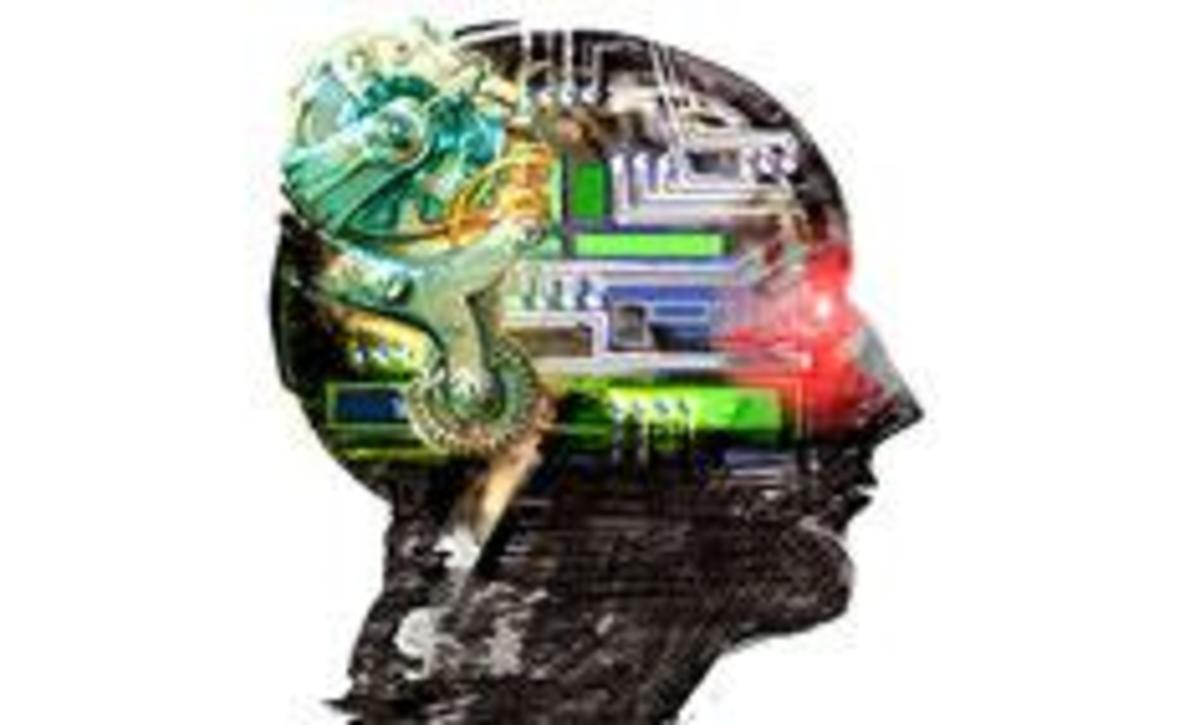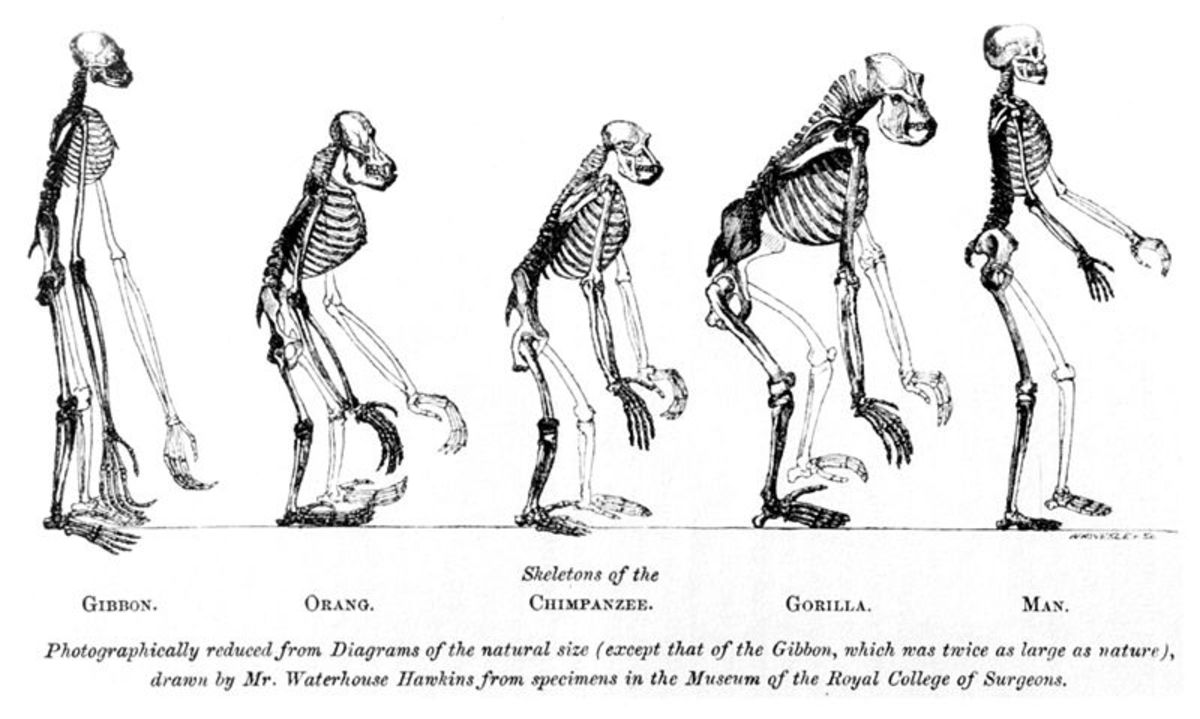The Boy With Sonar Abilities - A Result Of Natural Selection?

Human Sonar
Lucas Murray is an extraordinary nine-year old boy from Poole, Dorset (UK) who possesses seemingly sonar capabilities. Murray gained mainstream exposure in 2009 when he was just seven years old. The only other beings on Earth who use sonar to navigate are bats and dolphins. Murray was actually taught by Daniel Kish who is the founder of the charity World Access for the Blind. Murray clicks the roof of his mouth with his tongue and uses echoes to work out what distance, shape, density and position objects are. Impressively, he even uses the technique, called the echolocation technique, to go rock climbing and to play basketball.
Phenomenally, Lucas Murray works out the distance of an object by timing the delay of an echo, he works out the shape and density of an object by how intense the echo actually is and he can decipher the qualities of an object by the characteristics of the echo that comes back. I, for one, was massively impressed. I have no idea how common or rare this trait is in humans but after my hub entitled 'Theory Of Evolution: Natural Selection Or Intelligent Design? Or Both?' it really got me wondering, could this phenomena perhaps be a result of natural selection? Or can anyone learn to do it?

The Human Mind
In terms of normal human perception, although it varies, human hearing can perceive sounds within range of approximately 20,000 hertz in most young adults. Anything outside of this frequency is considered to be ultrasound and is inaudible but it also has it's uses. Sonography applies ultrasound in order to produce a picture of a baby whilst still in the womb, often allowing pregnant parents to know what gender their child is before being born. As mentioned above, bats use sonar and they do this by employing ultrasound frequencies to measure the reflection signature of a medium. The only way that human hearing would be able to perceive ultrasonic is if it was fed directly into the skull bone and even then it would have to bypass the middle ear and reach the cochlea through bone conduction.
An important question to ask yourself at this point, is if you clicked your tongue on the roof of your mouth right now, would you be able to hear the echoes coming off nearby objects? Try it! Upon attempting it with various objects you may notice that the actual tone of each click is slightly different depending on what's in front of you. But it's not enough to determine the physical properties of each object or what material they are made of, as does Lucas Murray. To performed the echolocation technique so elaborately he must be sensing something outside of the normal awareness of the average human being. Is Lucas actually perceiving ultrasonic frequencies?
Natural Selection - The Missing Link?
Could Lucas Murray's fascinating sonar capabilities be the result of natural selection at work? Could this trait be the result of a selfish self-mutating gene? Will it go on to become self-replicating so that this trait develops throughout the human race in the future? Or would it be a trait only present in the visually impaired?
So many questions arise.
It's no secret that Darwin's theory of natural selection has one very strong missing link - fossilized evidence of the developing changes between species. We are led to believe that we came from apes. In fact, the jumps from ape to neanderthal to caveman may be catered for but where is the evidence of what happened in between? The animal with the most similar DNA to the human being is actually the chimpanzee - this is also where the AIDS virus is believed to have originated. Rather interestingly, neanderthals are believed to have become extinct after interbreeding with anatomically modern humans approximately 65,000 years ago. It is not known if they were a completely different species from the homo sapien or a subspecies of the homo sapien.
I find myself asking "could traits such as that of Lucas Murray actually be abundant throughout history? Could the mutations via a selfish gene that changes and self-replicates depending on it's environment actually be responsible for advances in consciousness, intelligence, mental and emotional traits more than it is responsible for changes in our physical traits?"
After all, our own internal map of the world is unique to all of us individually.
Recommended Reading:





![Baltic Sea Anomaly Details: Is it a UFO or Hoax [video] Baltic Sea Anomaly Details: Is it a UFO or Hoax [video]](https://images.saymedia-content.com/.image/t_share/MTc2MjY0ODM3MjA1MjcxNzI1/baltic-sea-ufo-unidentified-submerged-object.jpg)






